- $USD
- SALES TEL: +44 (0)1709 789 933
- Contact us
- Services
- Log in
Gearboxes and gear motors provide control over rotational velocity, ensuring that it is delivered to the application in the most efficient way.
Found across every industry, gearboxes and gear motors play a intrinsic role in a vast range of applications. From pumps to conveyor systems, and food manufacturing plants to automotive equipment, many applications would not be able to operate without gearboxes and gear motors.
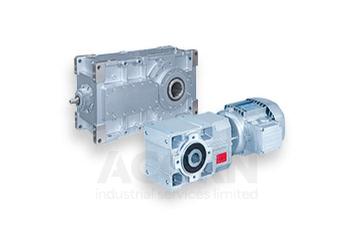
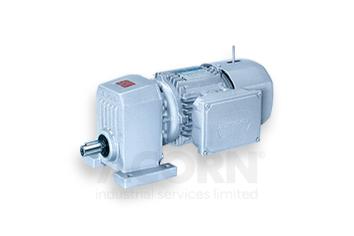
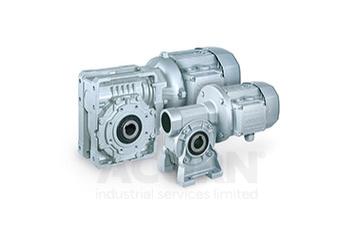
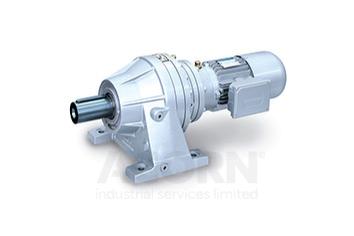
Power Control: Imperative in the regulation of speed, torque, and direction in mechanical systems.
Efficiency: Tends to bring out the best in machinery performance, working smoothly.
Durability: Ensures less wear and tear on equipment, developing extended life in machinery.
Cost-Effective: Minimises maintenance requirements and operational costs by boosting system efficiency.
Precision: Allows for accurate control where exact movements are called for in an application.
Reliability: Secures proper and constant performance for plant machinery in tough industrial environments.
Conveyor Systems: Drives the flow of products along production lines seamlessly.
Automotive Industry: Applied to robotic arms and automatic machinery, ensuring ultra-precision control.
Food Processing: Mixers, pumps, and packaging machines driven with hygiene and precision.
Material Handling: Cranes, lifts, and other heavy-duty equipment in operation.
Renewable Energy: Rotational energy in the wind turbine is changed into electricity.
Manufacturing: Machinery involved in different types of production processes to achieve high output and efficiency.
At ACORN industrial services, our offerings extending beyond just gear motors and gearboxes. We are committed to providing other couplings & drives products to meet your industrial needs:

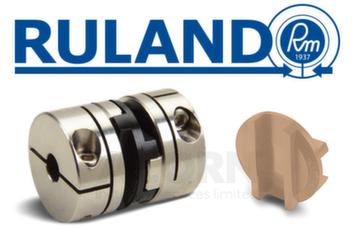

A gear motor is an integrated device that combines a motor with a gearbox. It is designed to produce high torque at low speed, making it ideal for driving machinery where precise control over movement is needed.
A gearbox is usually an independent device that changes the speed and torque of some input power, mostly from a motor. In contrast, the gear motor combines both the motor and gearbox in one compact unit to be easily used and installed.
A motor produces rotational power, normally measured in torque, and speed. The transmission system changes this power into reduced speed and increased torque, which is then fed into the machinery. Together, they provide controlled and efficient power transmission.
This means that the motor is usually connected directly or through a flange mount to a gear box. This ensures a smooth transmission with no misalignment or loss in power from the motor to the gear.
The choice of gearbox should be based on considerations like the required torque, speed reduction, the nature of the application, load conditions, and environmental factors. In this case, one would consult a specialist or go to the technical specification given by the manufacturer to pick out the most suitable gearbox.